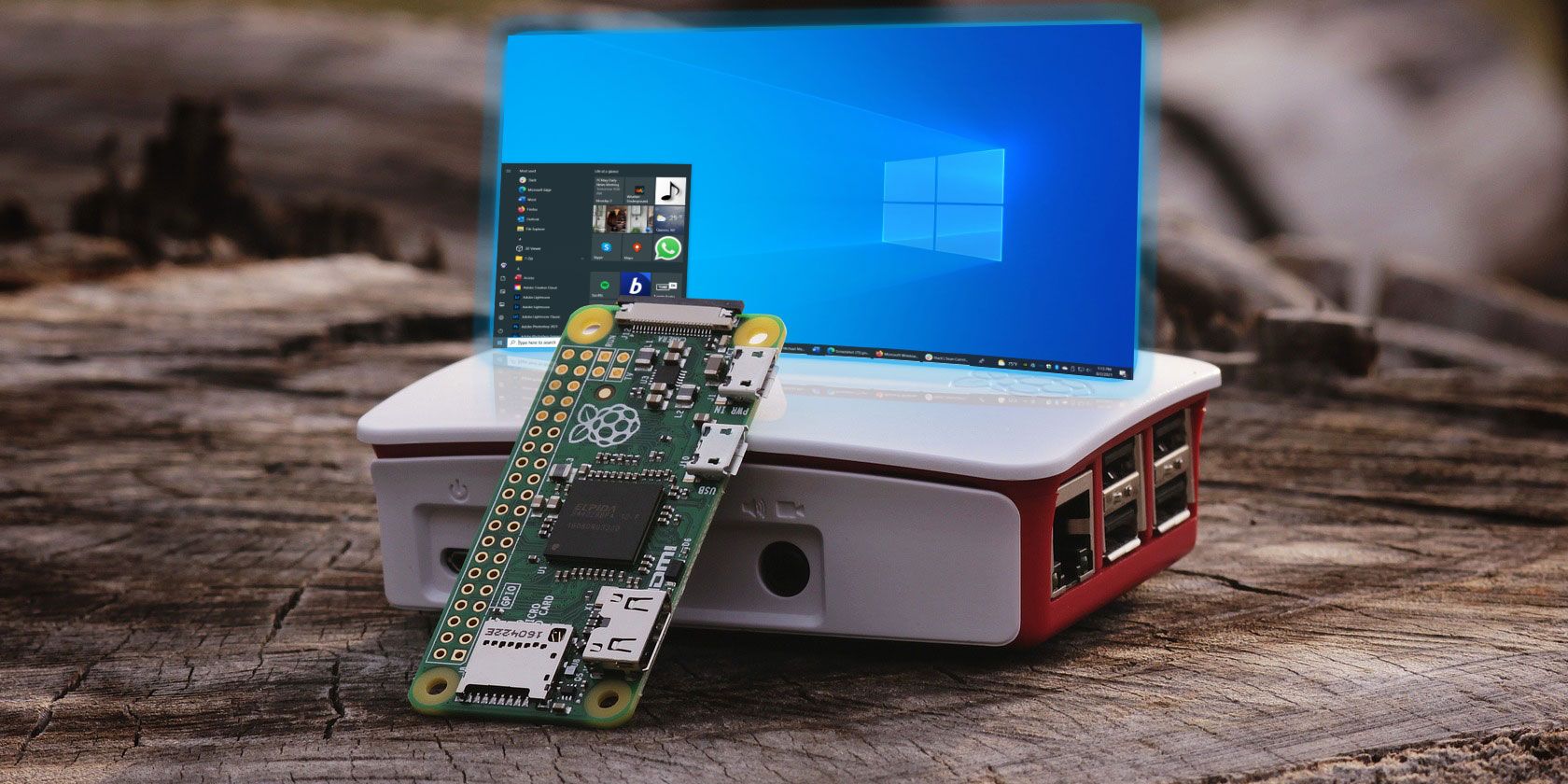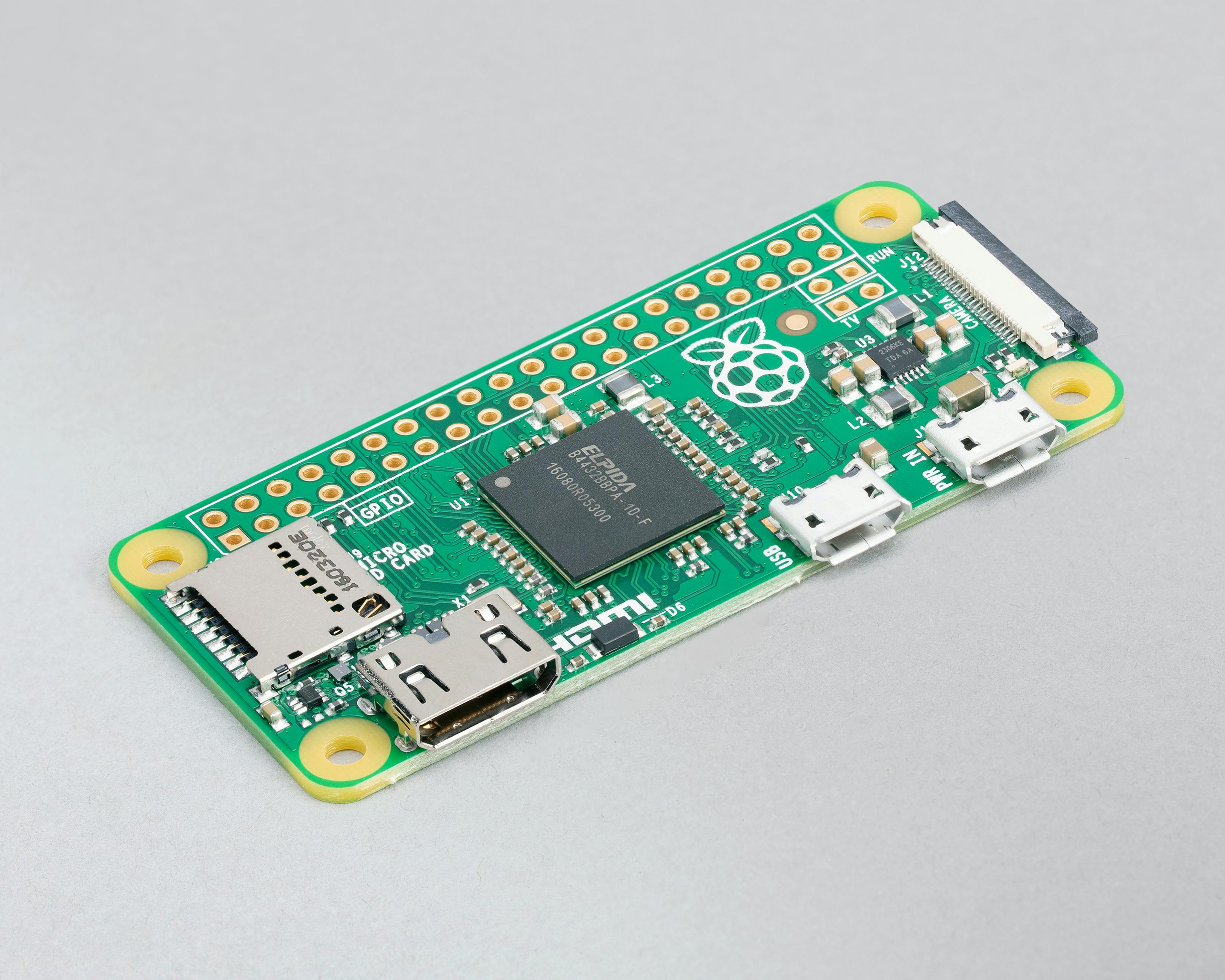Table of Contents
- Introduction
- Why Connect to Your Raspberry Pi from Afar?
- What is Remote Access for Raspberry Pi RemoteIoT?
- How Can You Download Free Windows Tools for Remote Access?
- Getting Started - What You Need to Remotely Access Raspberry Pi?
- Is Setting Up Remote Access for Raspberry Pi RemoteIoT Difficult?
- Where Can I Find Free Windows Software to Remotely Access Raspberry Pi?
- Practical Steps for Connecting to Your Pi
- Keeping Your Remote IoT Connection Safe
Introduction
Ever wish you could check on your Raspberry Pi without having to be right there, perhaps across the room or even from a different building? It's a common desire for many who work with these handy little computers, especially when they're running some kind of project. Getting to your Pi from a distance, say, from your Windows personal computer, is actually quite simple to set up, and you don't need to spend any money on special programs.
Picture this, you know, your Raspberry Pi is humming along, maybe controlling some lights or gathering information from sensors, and you want to make a quick change or just see what it's doing. Having to go and plug in a screen and keyboard every time can be a real bother. This is where reaching your Pi from afar comes in very handy, giving you freedom and convenience.
We are going to talk about how you can get to your Raspberry Pi from your Windows computer without paying for any programs. We will cover the steps you need to take, what sorts of things you might need, and some good ways to keep your connection secure. It's really about making your life easier when you have a Raspberry Pi that's doing its own thing, so you can control it from anywhere you have your Windows machine.
- Olivia And Oliver Towels
- Paula Deen Furniture Line
- Can You Tan In A Tanning Bed Without Tanning Lotion
- Pickleball Birthday Wishes
- Homesick Noah Kahan Meaning
Why Connect to Your Raspberry Pi from Afar?
Many folks find themselves wanting to reach their Raspberry Pi without being physically next to it, and there are good reasons for this. For one, these small computers often end up in places that are not easy to get to, perhaps tucked away in a corner, or even outside as part of a weather station. Being able to check on them or give them instructions from your main computer just makes sense, you know.
Think about a little project you might have, like a home automation system where the Pi controls your heating or monitors your plants. If you want to make an adjustment, or see how things are going, it's far more convenient to do it from your desk. This ability to operate your Raspberry Pi from a distance, especially for remote IoT setups, means you save time and effort, not having to move around just to interact with your device. It’s pretty useful, actually.
It also means your Raspberry Pi can be truly independent. Once it's set up and running, it doesn't need its own screen, keyboard, or mouse. You can just put it where it needs to be, and then access it whenever you want using your Windows computer. This freedom helps you build projects that are truly remote, doing their job without needing constant direct interaction, which is quite a nice thing.
- Fuzion Porta Potty
- Punta De Mita Mexico Safety
- Stiff Hair Crossword Clue
- Long Distance Relationship Support Groups
- Stan Esports Fan Engagement
What is Remote Access for Raspberry Pi RemoteIoT?
So, what exactly does it mean to get to your Raspberry Pi from a distance, especially for something like a remote IoT device? Simply put, it's about making a link between your Windows computer and your Raspberry Pi over a network, like your home Wi-Fi or even the wider internet. This link lets you see what's on the Pi's screen, or type commands as if you were sitting right in front of it. It's kind of like having a very long, invisible cable connecting the two.
For those interested in IoT, or the Internet of Things, this kind of distant connection is very important. Imagine you have sensors gathering information in your garden, and a Raspberry Pi is collecting that information. You don't want to bring your laptop out to the garden every time you want to see the readings or change how the data is stored. Being able to remotely access your Raspberry Pi for remote IoT projects lets you keep an eye on things and make changes from your warm, dry house, which is quite practical.
It means your Raspberry Pi can be a true "headless" device, which is a common term for computers that run without a display or keyboard attached. This makes them smaller, cheaper to run, and easier to hide away. The ability to remotely access your Raspberry Pi, particularly for remote IoT applications, lets you manage these devices with ease, giving you full control without needing to be physically present. It’s pretty cool, you know.
How Can You Download Free Windows Tools for Remote Access?
Finding the right programs to help you get to your Raspberry Pi from your Windows machine is simpler than you might think, and many of the best options won't cost you anything. These tools are often widely used by people who work with computers and networks, so they are generally well-supported and have plenty of help available if you get stuck. You don't need to look for some very secret or special software, as a matter of fact.
Most of the common ways to connect to a Raspberry Pi from a distance involve tools that are freely available for Windows. For instance, one very popular method uses a program that lets you send text commands to your Pi, which is good for quick tasks and managing files. Another widely used program lets you see the Pi's graphical desktop right on your Windows screen, which is helpful if you prefer to use a mouse and icons. These are pretty standard, actually.
The key is knowing what to search for, and where to get these free programs safely. You want to make sure you are getting them from their official sources to avoid any problems. We will talk more about the specific names of these programs and where to find them a little later on. It’s a bit like getting a set of useful keys for a door you didn’t know you could open, you know, for remotely accessing your Raspberry Pi from Windows.
Getting Started - What You Need to Remotely Access Raspberry Pi?
Before you can begin reaching your Raspberry Pi from your Windows computer, there are a few things you will want to have ready. These are mostly items you probably already own or can get quite easily. Having these basic items in place will make the setup process much smoother and help you avoid any unexpected delays, so you can get to your remote IoT project sooner.
First off, you will need a Raspberry Pi, of course, with its operating system already installed on a memory card. This usually means Raspbian, or Raspberry Pi OS as it's now called. Make sure your Pi is connected to your home network, either with a network cable or through Wi-Fi. This connection is how your Windows computer will talk to it, you know.
Next, you will need your Windows computer. It can be a desktop or a laptop, as long as it's running a recent version of Windows. Both your Pi and your Windows machine need to be on the same network for the easiest setup. If they are on different networks, it's still possible, but it adds a few more steps to the process, which we can touch on later, perhaps. You also need a way to find your Pi's network address, which is its unique number on your network, basically.
Is Setting Up Remote Access for Raspberry Pi RemoteIoT Difficult?
Many people wonder if getting this distant connection going for their Raspberry Pi, especially for remote IoT work, is a tricky business. The good news is, it's really not as
Related Resources:



Detail Author:
- Name : Prof. Garnet Collier
- Username : wiegand.reva
- Email : jacobi.geraldine@larkin.com
- Birthdate : 1994-04-06
- Address : 38609 Mckayla Ville Suite 671 Lake Corrine, SD 35370-4060
- Phone : (314) 649-5419
- Company : Barrows, Hyatt and Grimes
- Job : Personal Home Care Aide
- Bio : Eveniet enim ut ut quo. Dolores rerum qui aut asperiores. At assumenda ipsum ut ex repellendus ut excepturi. Ab ipsum rerum et et optio mollitia.
Socials
twitter:
- url : https://twitter.com/lgerhold
- username : lgerhold
- bio : Ut fugit ut est autem id sit cumque. Voluptatem nulla est ad explicabo minima labore. Quasi provident aliquam autem. Ut enim voluptatem dolor nihil.
- followers : 4872
- following : 2928
instagram:
- url : https://instagram.com/lester.gerhold
- username : lester.gerhold
- bio : Nesciunt atque nihil quam ut repellat dolorem. Expedita fugiat velit sunt eos inventore porro.
- followers : 3803
- following : 2435